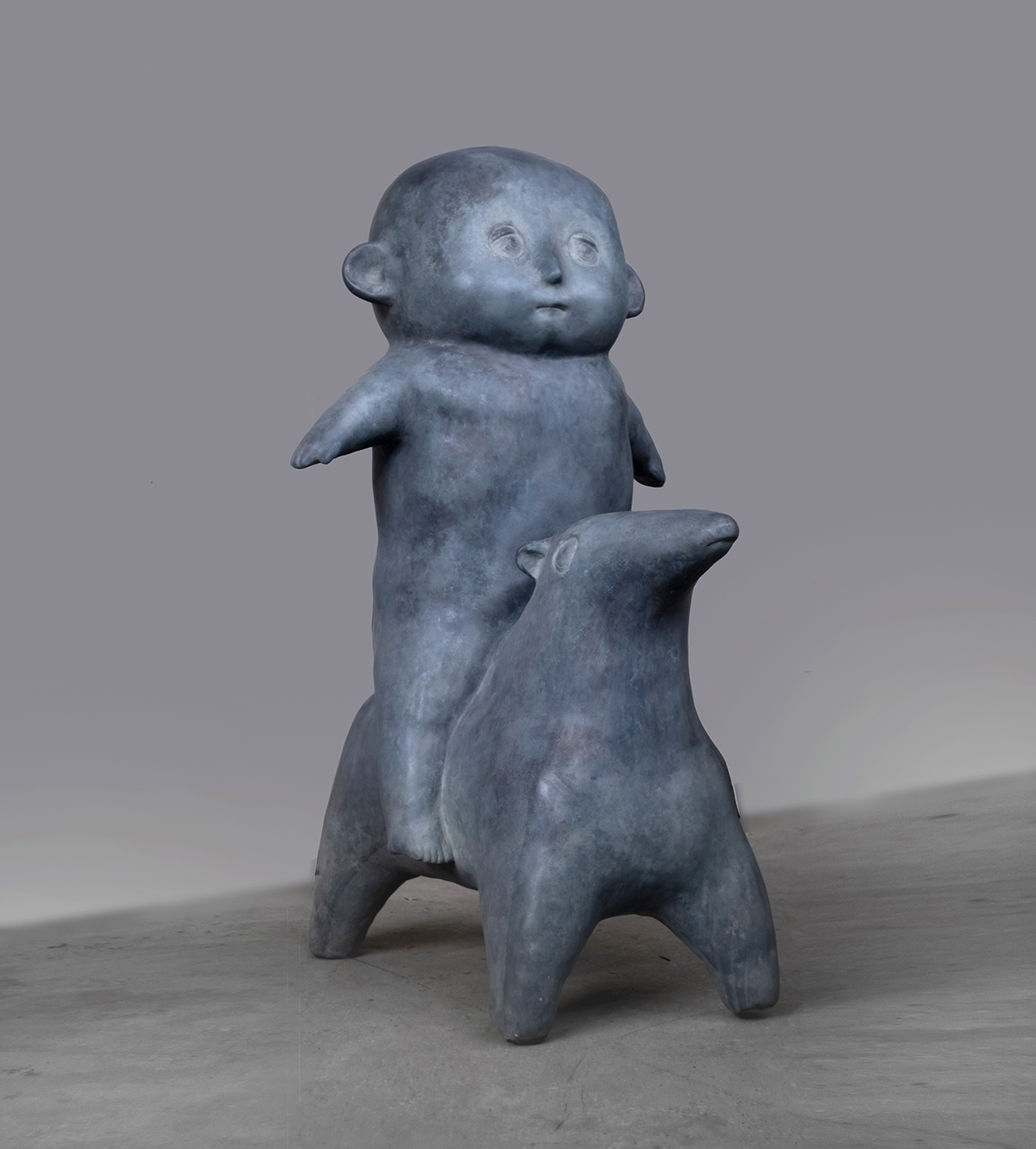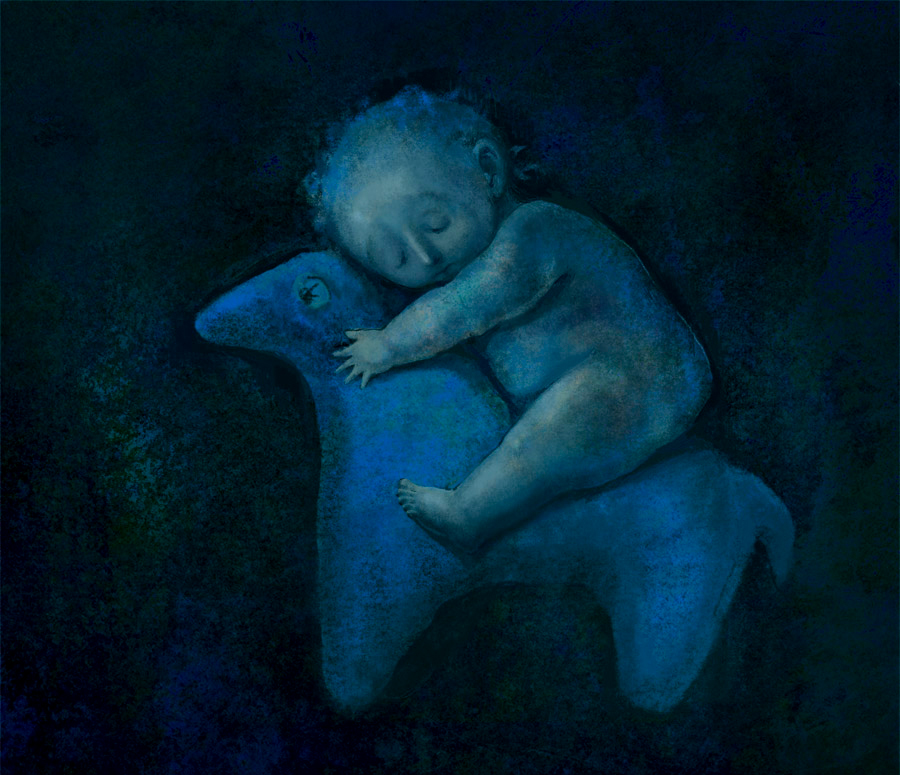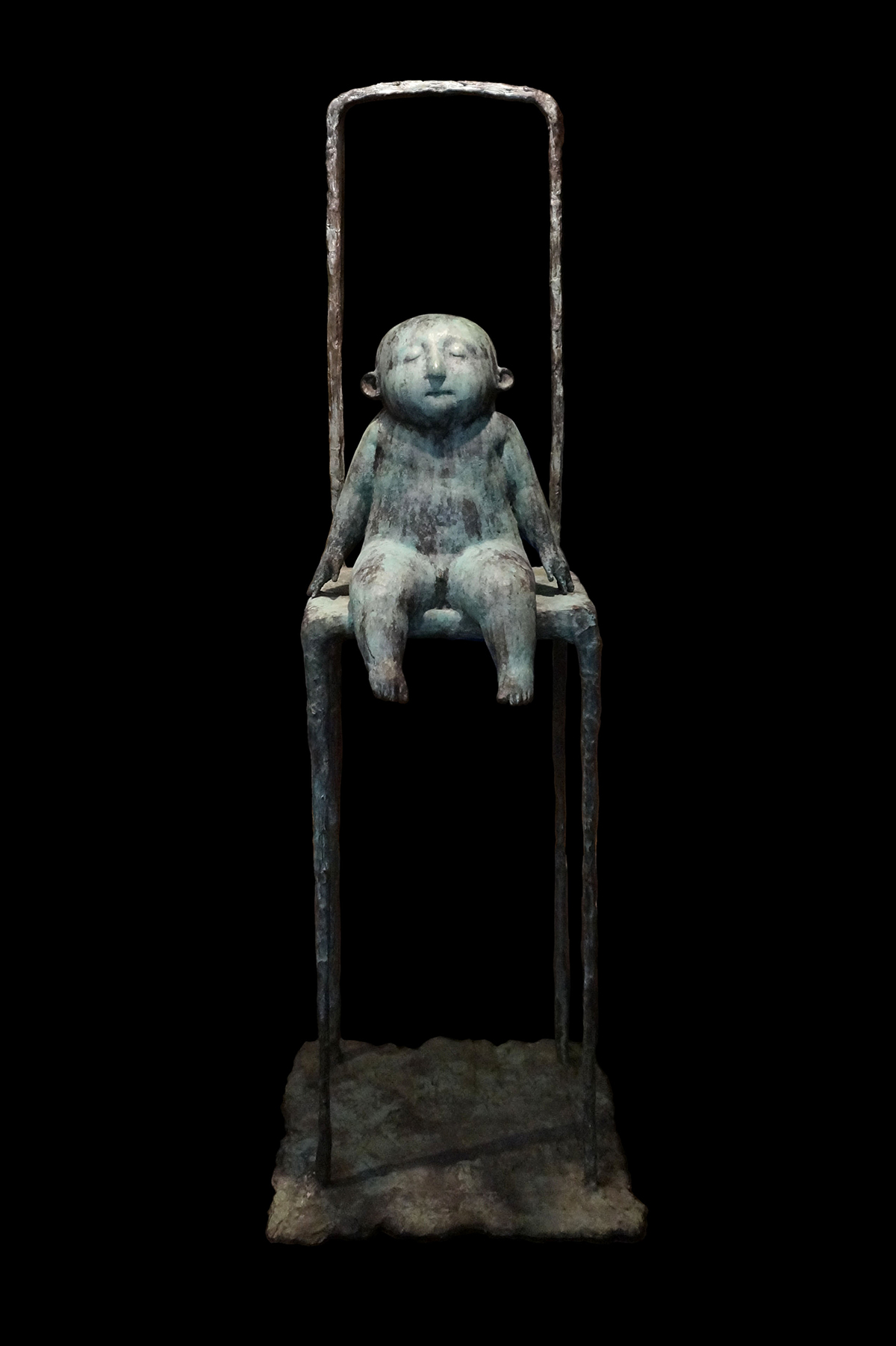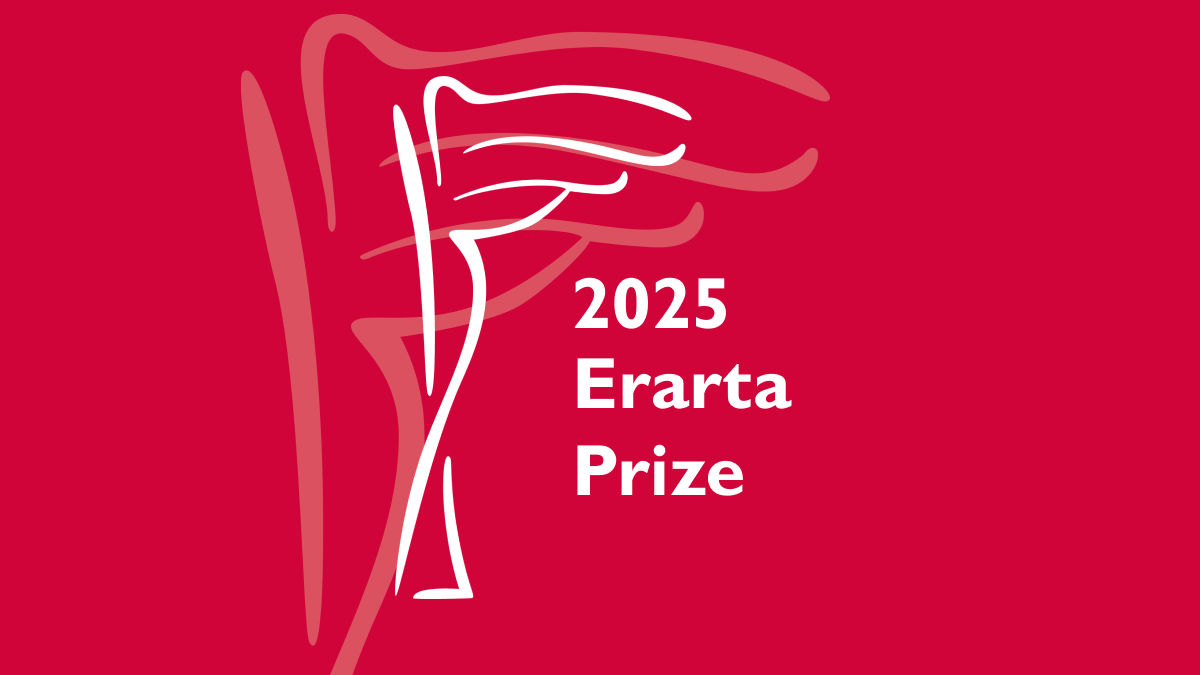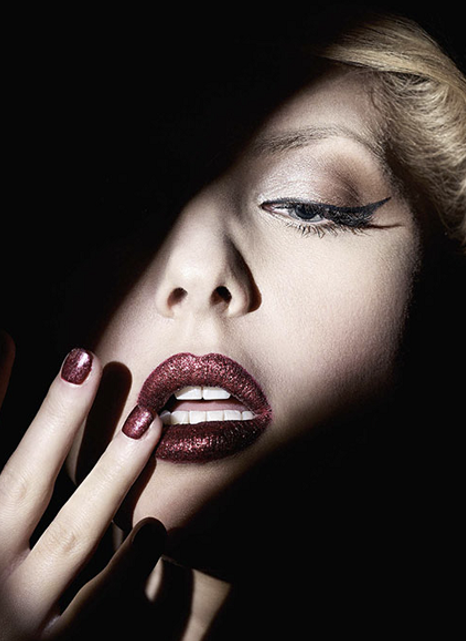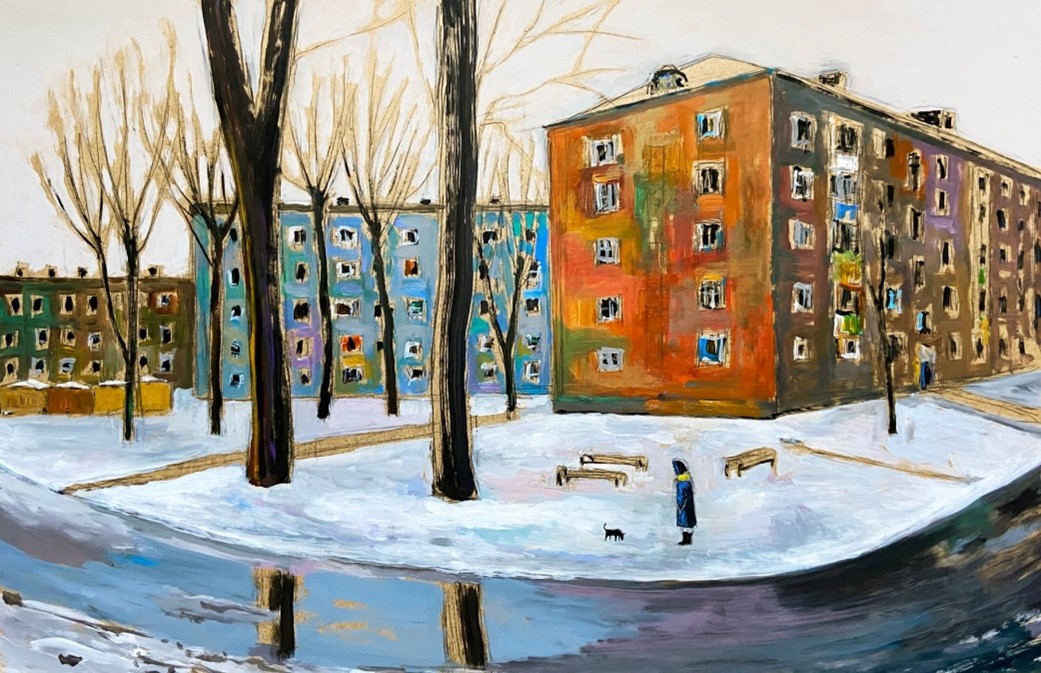Erarta Museum of Contemporary Art presented an exhibition by Olga Muravina whose Expressionistic sculptures have profoundly humanistic undertones and help the viewer relive the innocence of childhood
-
A welcoming realm populated by children and gentle beasts
-
Naïve – but only seemingly so – characters who possess a special kind of wisdom
-
Large-scale sculptures made of bronze, aluminium, and plastic composites
Olga Muravina’s oeuvre could be the perfect illustration of the ‘creative world’ metaphor. It is a welcoming realm populated by children and gentle beasts who find themselves busking in the sun that shines through tree foliage way more often than inside museum spaces. It is, however, a natural ambition of most artists to get across to their contemporaries their unique sense of form and, most importantly, the epiphanies they experience while working with a certain material.
Although the expansionism of Olga Muravina’s creative world destines her characters to brave rain showers in summer and wear snowcaps in winter, nothing can disturb their tranquil demeanour: after all, unpleasant weather is an integral part of the universal order, so why get distracted from truly important reflections? Here it is worth noting that the artist, perhaps intuitively, follows the Buddhist iconography, according to which semi-closed eyes indicate introspection and focus on the inner self.
The sculptures showcased in the exhibition stem from drawings and have a genetic affinity with academism. Incidentally, Olga’s graduation project – portrait of her daughter – was sculpted in marble and largely based on real life. With time, the experience of motherhood and contemporary visual culture significantly augmented her academic training in plastic anatomy and history of sculpture.
One might venture to call Muravina’s works Expressionistic, as their contemplation requires the same level of the viewer’s inner effort as do Käthe Kollwitz’s creations. The scenes evoked by the two artists are understandably different in their dramatic scale, but share the same humanistic mission: to help one relive the innocence of childhood.
Despite their resemblance to cartoon characters or dolls, the show’s protagonists possess a special kind of wisdom that leads to acceptance of the world and connection with the absolute. According to the artist, every living being aspires to serenity and quiet joy of being. Whereas Laocoön, according to Lessing’s treatise, epitomises frozen suffering, Olga Muravina’s characters seem frozen on the brink of finding their true selves – that is, in an existential moment. By the conventions of the genre, the state of elegiac tranquillity so aptly captured by the sculptor passes on to eternity.
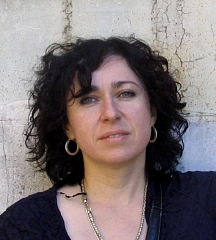
Born in 1975 in Moscow, Olga Muravina graduated from the Moscow Academic Art Lyceum under the auspices of the Vasily Surikov Moscow State Academic Art Institute in 1993 and went on to earn a degree from the Surikov Institute in 2000. In the same year, she joined the Moscow Union of Artists and the Moscow Sculptors’ Association, and, in 2008, became a member of the Moscow Union of Designers. The artist’s works were acquired by state museums, including the Russian Museum in St. Petersburg, and private collectors in Russia, Spain, Italy, Germany, France, the Netherlands, Israel, Singapore, and the United States.
Supported by:

